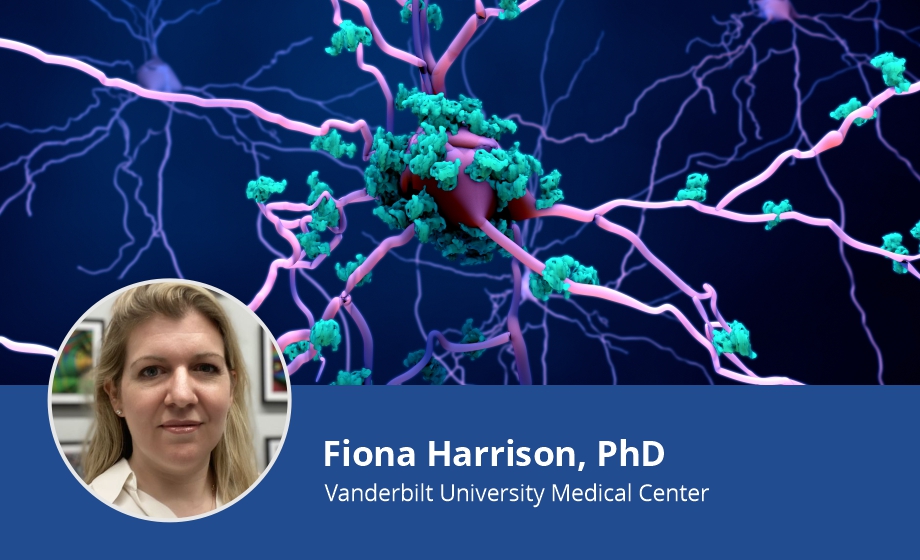Q&A Report: EEG Monitoring Approaches to Predict Learning and Memory Changes in Early Alzheimer’s Disease
Given this possible direct link between increasing abnormal epileptiform activity and memory impairments, are there any behaviors that are likely to be particularly sensitive to seizure phenotypes or to kainic acid if tested experimentally?
In human clinical studies where multiple complex cognitive tasks or batteries are used some tasks correlate better with epileptic activity than others. Overall though it is more likely that global changes in the individual rather than performance on specific tasks have the most personal and clinical relevance. In mice, since we think that the chronic hyperactivity is driving the same pathways that are impacted in early disease, I think that many of the classic tests of learning and memory that are dependent on intact cortico-hippocampal circuits can be used. The more important consideration is possibly not the specific task used but that the appropriate control tasks are included to measure activity, anxiety or motor deficits to properly interpret the impact on cognition. We also tested in young mice that had mostly intact performance on the water maze and fear conditioning tasks, so it was essential for us to have tasks that we could adapt to make harder in order to avoid ceiling effects and to pick up the nuanced differences in the groups. In our case that meant including reversal learning in the water maze.
What is the most pathophysiologically accurate transgenic mouse model of Alzheimer disease?
This is a great question and one that there is probably no good answer for. There is no perfect model so choose the one most suited to your specific experimental question. Since Alzheimer’s disease is a disease of aging we typically prefer to use slower developing models like the APPSWE/PSEN1dE9 that provide sufficient time for us to study a ‘pre-symptomatic’ phase. Other models with multiple mutations may do a better job at incorporating more of the diverse pathophysiological changes such as tau hyperphosphorylation. Newer models also now focus on genetic variants identified from GWAS studies in late onset Alzheimer’s disease which may have even wider relevance. If possible, confirming findings in more than one model or background strain can significantly increase our confidence in the pathways under study.
What is the impact of Vit C depletion on the physiological architecture of sleep in young 12-14 wk old vs. aged mice (19-21 mos old)?
We do not have enough data from our mice yet to answer this question fully. I do think we will see differences in sleep patterns according to age. My prediction is that overall direction of effects won’t change according to age, but that the magnitude of effects due to genotype and treatment may vary and be greater in the aged animals. It seems that in mice and people the greatest likelihood of seeing this aberrant spike activity is during sleep which for the mice is the light phase. We record EEG from mice for 24-48 hours at a time so we do have the ability to go back and look at data across the light cycle. In our recent studies in APP/PSEN1 mice for example we chose to focus on the window of time immediately after kainic acid administration so that we could see increasing sensitivity to the treatments over time. We also anticipated seeing the greatest impacts on spike activity during the light phase when the mice should have been sleeping.
Women are about twice as likely to develop Alzheimer’s than men. Have you looked at both male and female mice, and if so have you observed any sex differences?
We always use both male and female mice for all of our studies whenever possible. We analyze data first according to sex and then combine data only if there appear to be no meaningful differences. In the case of the kainic acid studies we did not observe any differences between males and females. We have previously observed differences according to sex in mice when manipulating dietary intake since males and females often have different intake, transport and retention capacity for a number of nutrients.
